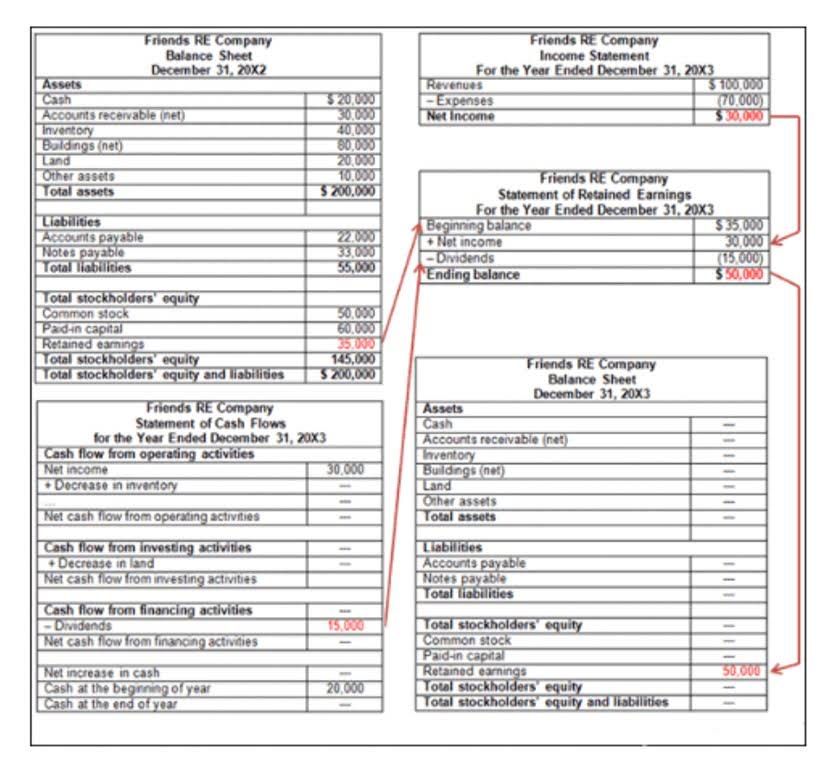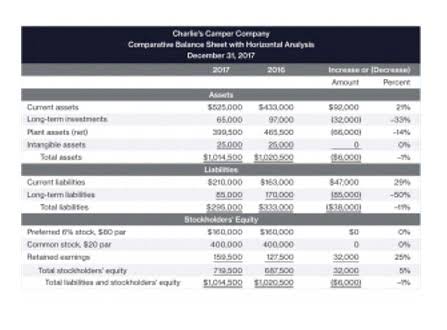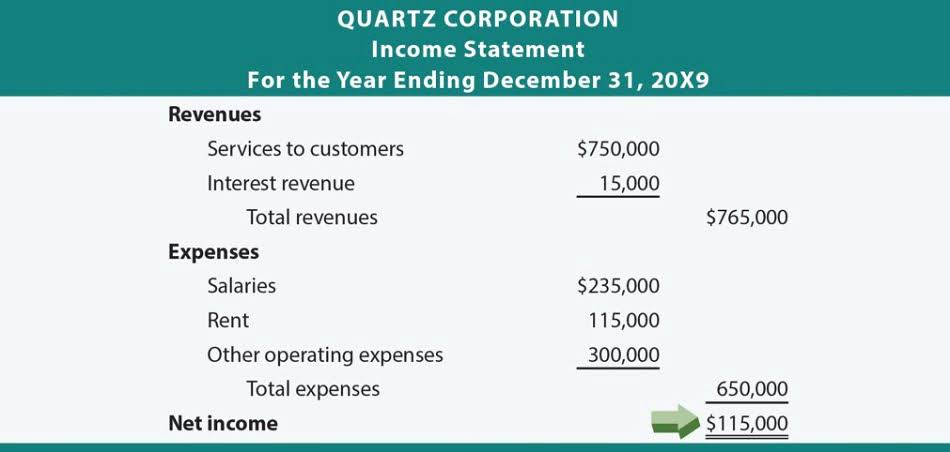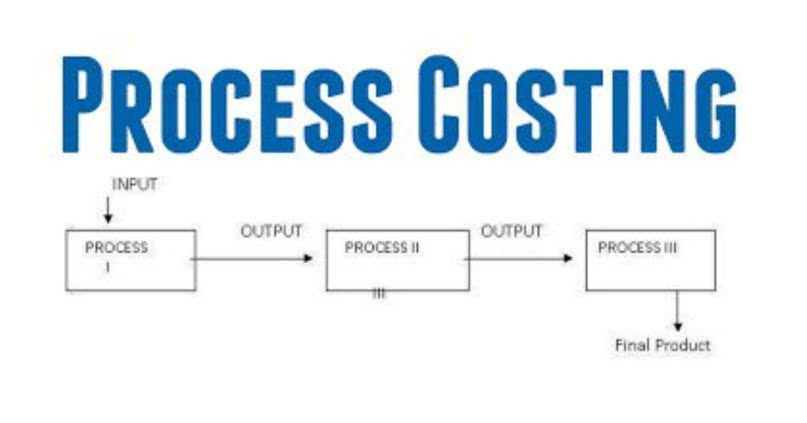Debt service ratios should be reviewed at least annually to ensure they reflect the current financial circumstances of your business. More frequent reviews might be necessary if there are significant changes in operations, revenue, or debt obligations. The reserve account is equal to the projected debt burden for six to 12 months. In addition, the debtor can use this fund to restructure the loan—this should only be done as a last resort.
Building a Winning Referral Network: A Mortgage Broker’s Guide to Strategic Partnerships
As you can see, the credit facility is more dynamic than the normal life loan because amounts can be drawn down at various times, and each amount begins to collect interest on a daily basis. There is an FX impact of debts held in foreign currencies, which means these debts are important to outline separately. If the bank has no variable costs to cover, then the interest rate should only be large enough to cover fixed costs and other operating expenses. Otherwise, another bank would come along and offer even cheaper interest rates. Debt is a special liability that represents money a creditor provides to a company in exchange for interest.
Many lenders prefer a ratio of 36% or less for loan approval; most do not give mortgages to borrowers with TDS ratios that exceed 43%. Current portion of long-term debt represents the portion of a long-term principal amount that is due within one year. Most corporate loans are paid on a monthly basis, so this value on the balance sheet represents the sum of payments due from January – December in one year vs all payments over multiple years. The initial payments consist of a higher proportion of interest, with the principal component gradually increasing over time. The total debt service over the ten years accounts for both the repayment of the $100,000 principal and the interest charged by the bank for providing the loan. Debt service refers to the total cash required by a company or individual to pay back all debt obligations.
Understanding debt metrics is crucial for both mortgage brokers and potential homebuyers. Among these metrics, the Total Debt Service (TDS) ratio stands out as a vital indicator of a borrower’s financial health and ability to manage debt. In this article, we’ll dive deep into what the total debt service ratio is, how to calculate it, and why it plays a significant role in mortgage lending decisions. Total debt service ratio, or TDS, is one of two key calculations lenders use to determine how much money they are willing to lend for a mortgage.
Some professionals prefer using EBITDA in place of NOI for the debt-service coverage ratio calculation. Whichever method you choose, using it consistently will provide the most accurate perspective on your company’s debt service capabilities over time. Consider the situation of a small business that has taken out a loan to expand its operations. The loan amount is $100,000, with an annual interest rate of 5%, and is to be repaid over ten years.
Conversely, a ratio below 1 signals that there’s a shortfall, where the current income falls short of meeting debt payments. Mortgage lenders and financial institutions deem this ratio vital as it provides insight into the company’s potential for sustaining financial burdens and managing new debt efficiently. A debt service fund is an account that holds cash reserves for payment of interest and principal amounts (on certain types of debts).
Understanding the Debt Service Coverage Ratio (DSCR)
This lower ratio suggests that only a manageable portion of their income goes to debt payments, making them an attractive candidate for lenders. As a result, they are more likely to secure mortgage approval, often with favorable terms like lower interest rates. total debt service For investors and property managers, a positive cash flow after debt service is a sign that a property is financially healthy.
Strategies to Improve Your DSCR and Attract Investors
A DSCR above 1 indicates that the property generates more income than is obligatory to cover its debt, making it a safer investment for lenders. Conversely, a Debt Service Coverage Ratio below 1 suggests that the property’s income is insufficient to meet its debt obligations, signaling higher risk. Understanding the TDS ratio is crucial for mortgage brokers because it directly impacts the loan approval process. Brokers can better serve their clients by helping them understand how their TDS ratio affects their mortgage eligibility and offering strategies to manage and improve it. By guiding clients to maintain a healthy TDS ratio, brokers can increase their chances of securing mortgage approvals and help them achieve their homeownership goals.
Finally, help clients manage non-housing expenses by cutting unnecessary costs. Streamlining their budget can reduce the overall monthly debt load, helping to keep the TDS ratio within acceptable limits. The Total Debt Service (TDS) ratio plays a pivotal role in real-life mortgage lending scenarios, directly influencing whether a borrower is approved or denied for a loan. Understanding how this ratio works can provide valuable insights for both mortgage brokers and their clients. For mortgage brokers, understanding and effectively communicating the importance of the TDS ratio can help clients better navigate the mortgage approval process.
A higher debt service ratio translates into a business’s ability to cover its debts. Therefore, if this ratio is high, the firm’s financial capability is also high. Lenders and other creditors check the DSCR of a firm before sanctioning loans (especially for small businesses).
Ideally, 1.25 is considered the DSCR benchmark—it implies that the firm Escalera 100% of its debts. It is also called a DSR; it is like an added security measure for lenders—to avoid borrowers getting overwhelmed by debt burden. DSR assures that the borrower has enough resources to cover future financial obligations.
It signals that your cash flow healthily exceeds debt obligations, leaving room for investment in growth and innovation. Hence, cultivating a good DSCR not only bolsters your negotiating capacity but also propels your business’s overall financial agility and investor appeal. A robust DSCR not only shines a light on your business’s current performance but also wields significant influence over your borrowing power.
DSCR loans:
Thus, if a company’s debt burden exceeds net operating income, it indicates a financial crisis. For example, business takes loans for undertaking business operations and new projects. A firm’s ability to repay its debt is measured using the debt service coverage ratio (DSCR). Lenders compute a firm’s DSCR and sanction loans only if the ratio is above 1. The housing factor in the TDS calculation includes everything paid for the home, from mortgage payment, real estate taxes, and homeowners insurance to association dues and utilities. The non-housing factor includes everything else, from auto loans, student loans, and credit card payments to child support and alimony.
The debt service coverage ratio (DSCR) for a mortgage calculates the cash flow available to pay current debt obligations on property loans. It’s the ratio of a property’s annual net operating income (NOI) to its annual mortgage debt service, including principal and interest, highlighting the ability to cover mortgage payments. Notably, mortgage lenders employ this debt-service coverage ratio calculation as a critical measure to assess the risk of lending.
- Debt service refers to the total cash required by a company or individual to pay back all debt obligations.
- The loan amount is $100,000, with an annual interest rate of 5%, and is to be repaid over ten years.
- If you have handled even a small amount of money saved, you can see the effects of the time value of money on your holdings.
- We aim to be transparent when we receive compensation for advertisements and links on our site .
- In real estate, the importance of debt service cannot be overstated—it’s a cornerstone of financial strategy.
Home Equity Loans: A Full Guide for Brokers
Additionally, fluctuations in currency values can impact debt repayment for international borrowers, making it vital to account for exchange rate risks. Proper debt management ensures sustainable operations and long-term financial health. The total debt service (TDS) ratio is very similar to another debt-to-income ratio used by lenders—the gross debt service (GDS) ratio. The difference between TDS and GDS is that GDS does not factor any non-housing payments—such as credit card debts or car loans—into the equation. It’s important to note the difference between the TDS ratio and the Gross Debt Service (GDS) ratio.
- To put it simply, a DSCR greater than 1 indicates a business has sufficient income to cover its debt obligations.
- The TDS ratio represents the percentage of a borrower’s gross monthly income that goes toward servicing their total monthly debt obligations, both housing-related and non-housing.
- To calculate total debt, it’s always better to investigate what’s underneath these lines to drive a more sophisticated understanding of the obligations.
- Mortgage lenders and financial institutions deem this ratio vital as it provides insight into the company’s potential for sustaining financial burdens and managing new debt efficiently.
- With the right approach, companies can manage their cash flow more efficiently, ensuring they have enough to address both operating expenses and the debt-service coverage ratio calculation.
It is calculated annually and comprises the total loan amount, the principal, and the interests. When a firm’s debt burden exceeds operating income, it faces financial crises. Larger lenders may also be more likely to approve mortgages for borrowers with large savings accounts, especially if they can make larger down payments. Lenders may also consider granting additional credit to borrowers with whom they have long-standing relationships.
Can you hire someone to be power of attorney for property in Canada?
Remember, the lower your TDS ratio, the better your chances of approval. Borrowers with higher TDS ratios are more likely to struggle to meet their debt obligations than borrowers with lower ratios. Corporate loans typically come in two forms — a standard schedule loan and a revolving credit facility.












